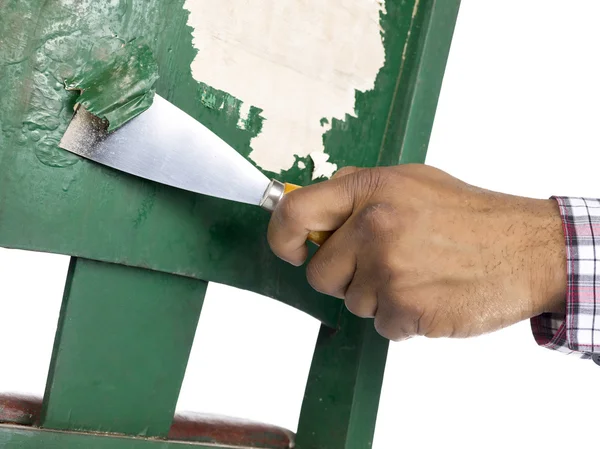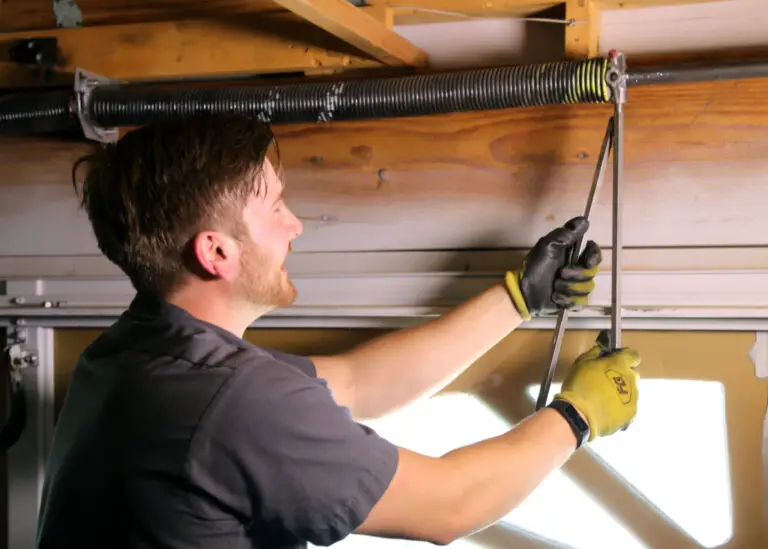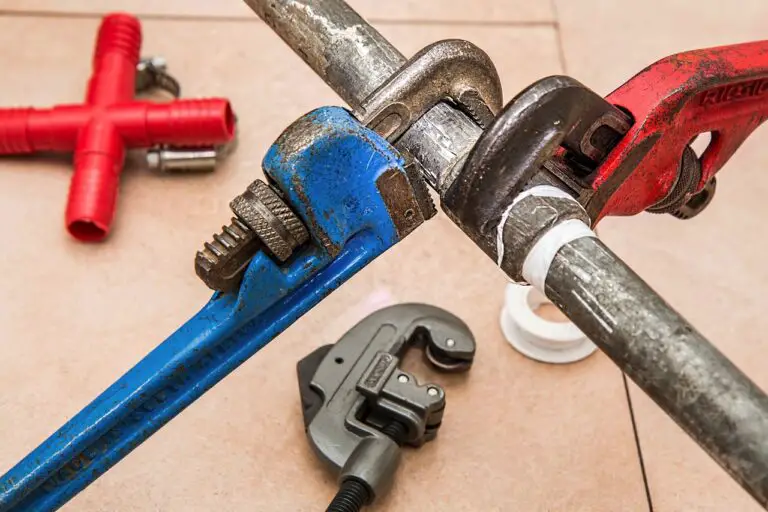Can You Put Vinyl Siding Over Stucco?
Stucco is a popular exterior finishing material that can be found on many homes in the United States. It has been used as an exterior finish for centuries and was originally used because it was inexpensive and easy to work with.
However, over time, homeowners have found that there are many drawbacks associated with stucco such as cracking and shrinking over time or even developing mold.
Installing vinyl siding over stucco is a great way to save money while still getting the look you want. It is a viable option for homeowners who want to update their exterior without painting or replacing their siding.
Vinyl siding is not only cheaper than other types of siding, but it also comes in a variety of styles and colors to match any home. Although this is an affordable way to make your home look new, it does require a few steps and a certain level of skill.
How Much Does It Cost To Replace Stucco With Vinyl Siding?
The cost of replacing materials like stucco and glass with vinyl siding is often a decision that homeowners grapple with. With the rising costs of home building and the need for visual appeal, many homeowners choose to replace stucco with vinyl siding.
This section discusses the cost of this project and some considerations you might want to take into account before moving forward. The price of a vinyl replacement varies depending on many factors such as:
- The size of the house
- The type of siding
- Landscaping requirements
- Window replacement
- Amount of repairs needed on the house
- If new windows are needed
The average cost to replace stucco with vinyl siding is $700-$15000 per home. This cost depends on the size and design of the house as well as the type of materials used for decoration or as architectural accents. This includes labor and materials.
Advantages Of Putting Vinyl Siding Over Stucco
The stucco and vinyl combination are a very popular solution for the exterior of homes. This is because it is very easy to install, can be done by any professional, and is low maintenance. Installing vinyl siding over stucco has many benefits such as:
- It protects the home from weathering damage like rain or snow.
- It saves on energy costs, as it insulates heat and cold from getting inside the home.
- It provides excellent protection against moisture and rot.
- It has a very appealing appearance that most people love because of the uniformity between the two materials.
Is It A Good Idea To Put Siding Over Stucco?
Siding is a popular option for homeowners who are planning to remodel their homes. It is affordable, durable, and it has the ability to match the existing house design.
There are many benefits of using siding over stucco that can make your home look attractive and new. However, there are also some disadvantages that you should know about before making your final decision.
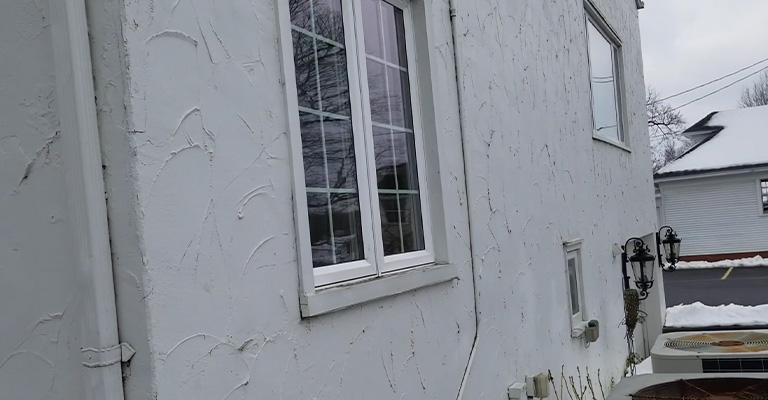
If you have a finished stucco surface, then yes, it’s possible to place siding over it. However, there are a few stipulations to this process. It is not a good idea to put siding over stucco.
Stucco is a type of exterior plaster that is applied on the outside of the house. It has some benefits over other types of exterior plasters because it is more resistant to water damage and fire.
However, it can’t be painted or stained, so if you put siding over stucco, it will be difficult to maintain an eye-catching look on the surface.
Can you put siding over stucco? That is a question that homeowners often ask.
First of all, the siding will need to be a material that is compatible with the existing stucco. This means it should be made from the same materials as the stucco – cement, and sand.
If it is not made from those materials, then they will need to be applied first before the siding can go on top of them. The other stipulation is that an extra layer of protection needs to go between the two layers of material.
How to Install Vinyl Siding Over Stucco
When it comes to improving the exterior of your home, vinyl siding is a great option. Not only is it durable, but it’s also a cost-effective option. Adding vinyl siding over stucco is one of the most common methods.
To install vinyl siding over stucco, you will need:
- A drill with the appropriate drill bits
- Measuring tape
- Sidewalk chalk
- Safety glasses
- Protective gloves and eyewear
- Vinyl Siding (we recommend you purchase an extra roll for oversizing)
- Stucco adhesive
- Spackle knife or putty knife
Vinyl siding is installed over the stucco, which is created by applying a layer of plaster on the exterior of your home. This hard coat protects the building’s underlying material from decaying and getting damaged by elements like wind, rain, and sun.
Step 1:
Installing furring strips over the old stucco will allow you to install siding over it. You will encounter problems if you install siding directly over the stucco. To prevent this, furring strips are used for vinyl siding installation.
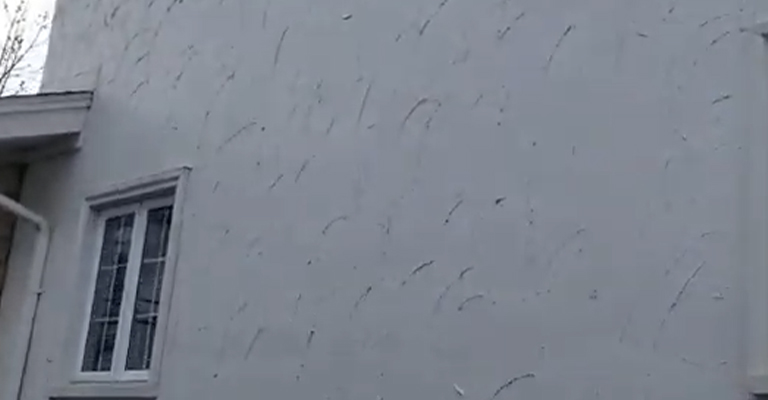
Step 2:
It is essential to first prepare the exterior walls by filling in cracks so that the installation will be smooth and durable. In the absence of this step, cracks can become a source of energy leakage, which may result in an improperly installed vinyl siding.
This can be accomplished by purchasing stucco patches to fill up the damaged area. Stucco patches that match exactly will not be needed to fill cracks since they will be hidden once the vinyl siding is installed.
Step 3:
Vinyl siding installation is made possible with furring strips, which serve as a strong foundation base. Long furring strips are installed to make siding installations more durable and protective.
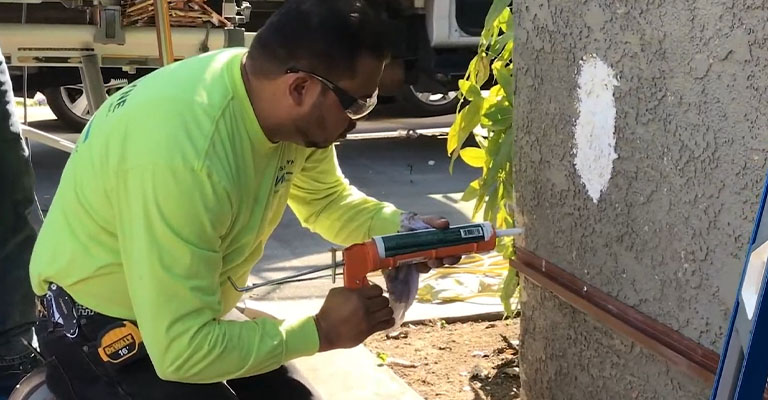
Step 4:
If you’re installing furring strips, you’ll need screws with a length of 1.5 to 2 inches. Overdoor and window frames and on the outer edges of walls, these wooden screws are supposed to be used. They should not be used on the exterior.
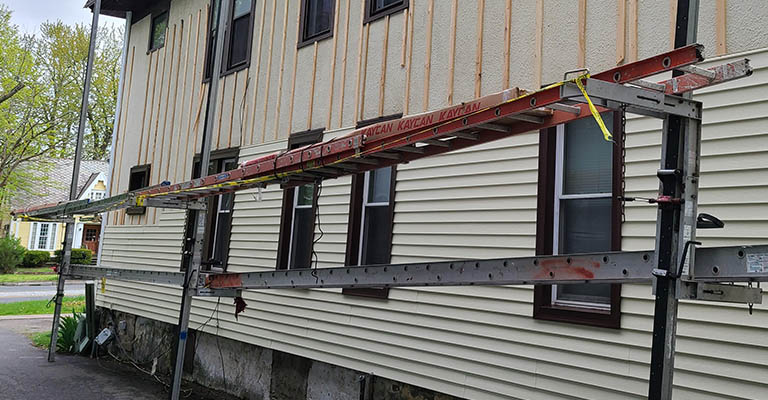
These are used to secure the end pieces, brick moldings, and J channels of the doors and windows. The furring strips need to be installed on centers of 16 inches over the stucco.
Place the furring strips where the stucco wall will be and drill holes about 8 inches apart. Use concrete screws to attach the furring strips to the stucco wall.
Step 5:
After you have completed installing the furring strips, installing the rigid foam insulation board is the next step.
Vinyl siding does not require insulation, but if you want a more energy-efficient house, then an additional layer of insulation is essential. A layer of insulation is usually added between the stucco and vinyl siding.
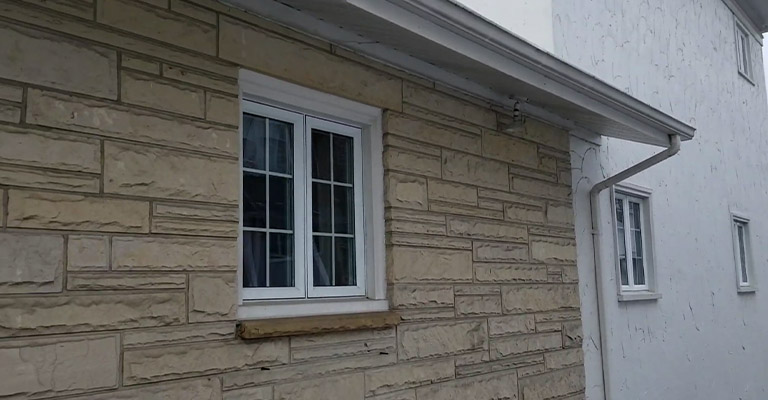
Step 6:
Now that we’ve completed the foundation work, we can begin installing vinyl siding on top of the stucco. The windows, doors, and edges must be secured to the furring strips before getting started with the installation process. The window trim, corner trim, and door trim should be installed before you install the siding.
It is always necessary to begin installing the vinyl siding at the bottom. A piece of siding is supposed to overlap the one before it, and it needs to be laid out straight so that it is forming a horizontal line.
With vinyl siding, the ends are adjusted directly to the wall, window, and door edges. Siding nails should be nailed every 16 inches into the strips of furring. Avoid hammering nails into the space between the pieces.
To ensure the siding looks professional and bright after installation, check the levels of each row of siding. And that’s how you install vinyl siding over stucco.
Final Words
Vinyl siding has been popular these days as a more sustainable and cost-effective alternative to wood or brick. It also offers the same protection against water damage as wood, but without the worry of termites or decay. If your house has stucco walls, then vinyl siding over stucco is the best option for you because it covers stucco walls with an appealing appearance. With a few tools and a little know-how, you can install vinyl siding over stucco. Vinyl siding is easy to remove and replace, which makes it a great option for your home.
It’s crucial to recognize the significance of preparing the exterior wall correctly. Before putting siding on stucco exteriors, one must install furring strips. Using treated wood and fastening them with wood screws ensures a level surface, onto which siding panels can be securely attached. It’s not just about covering the stucco; it’s about guaranteeing the new siding will hold up over time, be it vinyl, fiber cement siding, or even metal siding.
Installing siding over a stucco exterior can be a practical choice for homeowners seeking to refresh their home’s appearance. However, it’s imperative to follow proper procedures. By installing furring strips and choosing the right siding panels, homeowners can effectively cover stucco and give their homes a durable and appealing finish. Whether you’re considering fiber cement siding or another type, always ensure that every step, from using treated wood to securing with wood screws, is executed with precision for the best results.
You can also lay vinyl over OSB.

